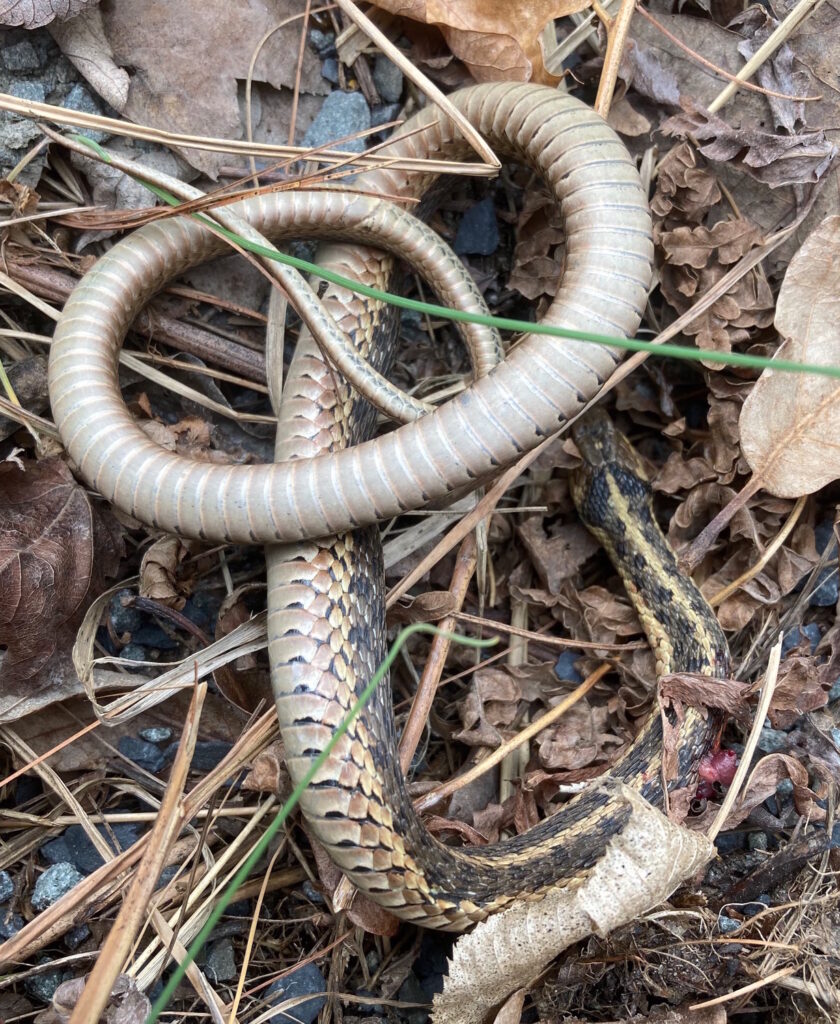If you are raising garter snakes and unfortunately they are injured, you need to find a way to take care of them. Special care for garter snakes requires proper care. The article How To Care For An Injured Garter Snake is for anyone looking for ways to care for an injured garter snake.
What causes garter snakes to get injured?
Garter snakes can be injured by a variety of factors, including:
Predation: They are vulnerable to attacks from birds, mammals, and other reptiles, which can result in bites and wounds.
Accidental injury: Garter snakes can sustain injuries while traversing rough terrain or coming into contact with objects such as rocks, logs, and fences.

Disease: Like all animals, garter snakes are vulnerable to diseases and parasites that can weaken or debilitate them, making them more vulnerable to injury.
Garter snakes can be accidentally stepped on or hit by vehicles, or they can be intentionally harmed by humans.
It’s important to remember that garter snakes play an important role in their ecosystem, and it’s illegal in many places to harm or kill them.
Is an injured garter snake dangerous?
Garter snakes are not typically dangerous to humans. They are not venomous, and their bite is not dangerous. An injured garter snake, on the other hand, may be more defensive than a healthy one and may bite if threatened.
If you come across an injured garter snake, leave it alone and do not touch it. Instead, seek advice from a wildlife rehabilitation center or a veterinarian with reptile medicine experience on how to help the injured snake. This is the next information in How To Care For An Injured Garter Snake.
Ways to treat an injured garter snake
If you come across an injured garter snake, follow these steps to help it:
Leave it alone: When injured, garter snakes can become defensive and may bite if they feel threatened. It is best to keep a safe distance and avoid handling the snake.
Contact a specialist: For advice on how to help the injured snake, contact a wildlife rehabilitation center or a veterinarian with experience in reptile medicine.

Provide first aid: If you must handle the snake, wear gloves and place it gently in a secure, ventilated container. Maintain a source of moisture, such as a damp cloth or paper towel, and keep the snake warm.
If you are unable to care for the snake yourself, take it as soon as possible to a wildlife rehabilitation center or a veterinarian. To recover, the snake will require veterinary care and may require antibiotics, wound care, or other treatments.
It’s important to remember that garter snakes play an important role in their ecosystem, and it’s illegal in many places to harm or kill them. If you come across an injured garter snake, leave it alone and seek professional assistance. This is the next information in How To Care For An Injured Garter Snake.
Ways to limit injury to garter snakes
Garter snakes live in a variety of environments, including forests, wetlands, and grasslands. When hiking or participating in outdoor activities in these areas, be aware of your surroundings and keep an eye out for snakes.
Avoid deliberate harm: Garter snakes are legally protected in many places, and it is illegal to harm or kill them. Instead, learn to appreciate these amazing creatures and their vital role in the ecosystem.
Control domestic animals: Domestic animals such as dogs and cats can attack and harm garter snakes. To reduce the risk of snake injury, keep pets on a leash and supervise them when they are outside.
Use pesticides with caution: Pesticides and herbicides can be harmful to garter snakes and other wildlife. Follow the label instructions carefully when using these products, and avoid using them in areas where snakes are known to live.
Make snake-friendly habitats: If you live in an area where garter snakes are common, consider making a snake-friendly habitat in your yard by providing food, water, and shelter. This can help reduce the risk of snake injury while also providing vital habitat for these fascinating creatures.
Ways to protect garter snakes
Garter snakes live in a variety of environments, including forests, wetlands, and grasslands. When hiking or participating in outdoor activities in these areas, be aware of your surroundings and keep an eye out for snakes.
Avoid deliberate harm: Garter snakes are legally protected in many places, and it is illegal to harm or kill them. Instead, learn to appreciate these amazing creatures and their vital role in the ecosystem.

Control domestic animals: Domestic animals such as dogs and cats can attack and harm garter snakes. To reduce the risk of snake injury, keep pets on a leash and supervise them when they are outside.
Use pesticides with caution: Pesticides and herbicides can be harmful to garter snakes and other wildlife. Follow the label instructions carefully when using these products, and avoid using them in areas where snakes are known to live.
Contribute to conservation efforts: Garter snakes, like all wildlife, are under threat from habitat loss and degradation. Help local and national conservation organizations protect these important species and their habitats.
Make snake-friendly habitats: If you live in an area where garter snakes are common, consider making a snake-friendly habitat in your yard by providing food, water, and shelter. This can help reduce the risk of snake injury while also providing vital habitat for these fascinating creatures. This is the next information in How To Care For An Injured Garter Snake.
Conclusion
In addition to treatment for injured garter snakes, you should also learn ways to limit snake injury. Hope the article How To Care For An Injured Garter Snake will provide useful information for you.

